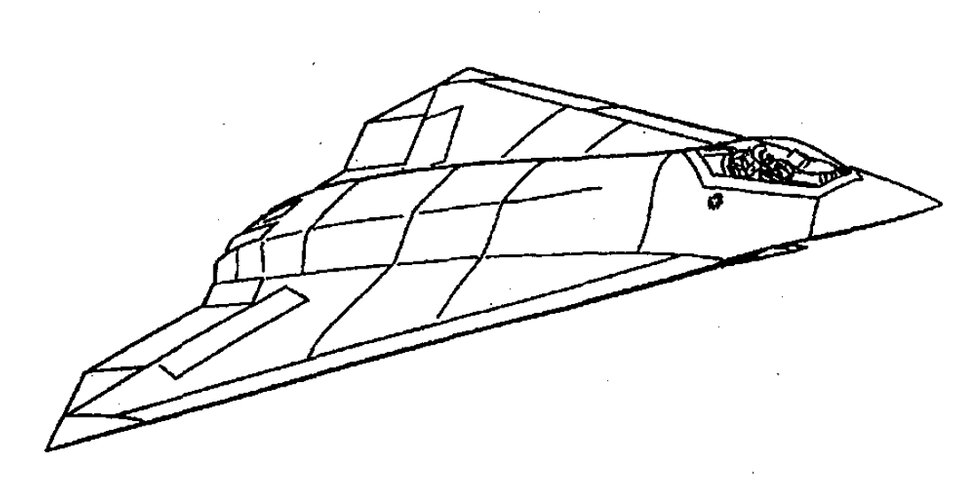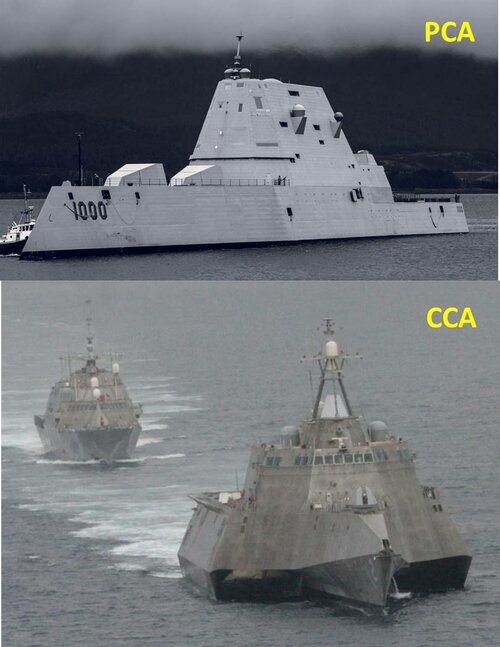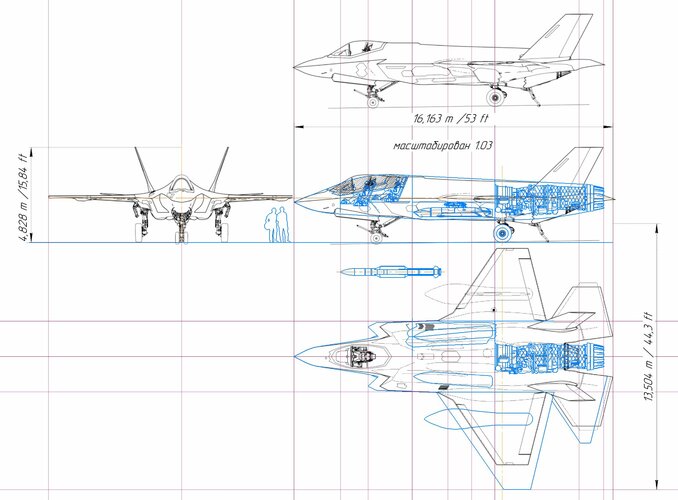Fast Review
Whatever the Air Force does, it has to move quickly, Kendall said, citing expectations from Congress and industry as well as the need to submit a 2026 budget.
Kendall has previously said the NGAD contract would be awarded this calendar year, but that won’t happen now.
To aid the process, the Air Force has assembled a blue-ribbon committee of senior former service leaders to review and possibly vet the service’s new approach to NGAD. The panel members, listed alphabetically, include three former chiefs of staff and two other experts:
- Natalie Crawford, a former top analyst and vice president at RAND, former director of Project Air Force.
- Retired Gen. David L. Goldfein, chief of staff from 2016-2020
- Retired Gen. John P. Jumper, chief of staff from 2001-2005
- Paul Kaminski, an Air Force veteran, expert on stealth, and former Undersecretary of Defense for Acquisition and Technology from 1994-1997
- Retired Gen. Joseph Ralston, vice chairman of the joint chiefs from 1996-2000 and head of Air Combat Command from 1995 to 1996
- Retired Gen. Norton A. Schwartz, chief of staff from 2008-2012
Chief of Staff Gen. David W. Allvin, during his own press conference, said the group comprises “a broad portfolio of experts with a mandate to “really assess our assessments, look at the evaluations we’re doing, making sure we’re really not missing anything in our analysis, in how we understand the threat and how we understand the capabilities that are going to be required of our Air Force to meet that threat. Their job is to look at that and give us feedback and insights that they see that will help us do this analysis that we have to do in fairly short order.”
The group will not make the final decision, though, Allvin said. He and Kendall “will get the final say on what will be proposed to the Office of the Secretary of Defense.” And of course, Congress “will have a say after that.”
Whether all that can be accomplished quickly is uncertain, though. If a radical change is needed in NGAD, it would likely mean terminating the previous program and starting over with a new trip through the Pentagon’s Joint Requirements Oversight Council process. Then it would need to go through the Office of Management and Budget. Collectively, it is a process which could take many months and likely not before the fiscal 2026 budget submission without top-level intervention.









